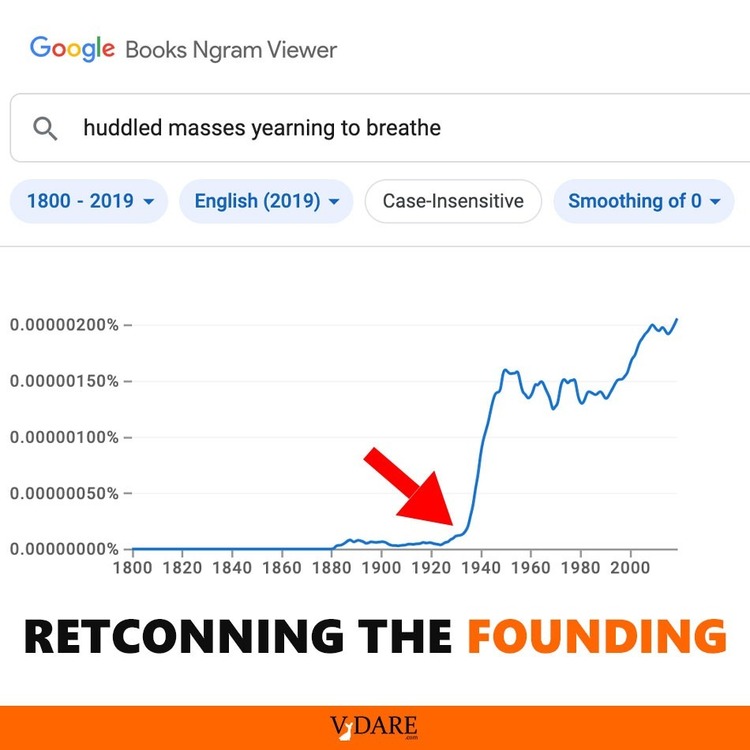From The Spectator:
Immigration helps explain Sweden’s school trouble Gabriel Heller Sahlgren 10 August 2015 17:56I’m a fan of the giant international PISA tests, but I’m not a huge fan of trusting minor differences between countries or differences over time in one country to support whatever your favorite theory might be. What goes into influencing PISA scores is extremely complicated and murky, and I’m far from convinced that things as ephemeral as, say, how big of a pep rally they hold for the students taking the test don’t matter.Sweden’s education performance has faltered in the past decades, with scores tumbling in the OECD’s international Pisa survey since the early 2000s. Both the Guardian and the BBC have recently looked into this phenomenon.
There’s no shortage of explanations for the poor results, but British enemies of school reform have latched on to one of them: the free schools reform of the early 1990s, which they claim sent the system into chaos.On the other hand, there are often ways to perform all-else-being-equal analyses on PISA scores. For example, I’ve long pointed out that although America’s PISA scores are notoriously mediocre overall, on a race-by-race basis they’re closer to Not Bad.You’ll notice how the naysayers never give any evidence to back up their claims. …
Why, then, are Swedish schools struggling? There are many hypotheses floating around, some more plausible than others. Yet there has been no hard evidence for any of them. Until now.
Similarly, the PISA tests break out the scores of first and second generation immigrants, allowing the following type of quite legitimate analysis to be done:
Two weeks ago, I published a paper [in Swedish] at the Research Institute of Industrial Economics and an op-ed in the largest Swedish daily about the impact of immigration on Sweden’s Pisa scores. Quite a row followed. Why? Well, it turns out that the change in pupil demographics due to immigration explains almost a third of the average decline between 2000 and 2012: 19 per cent in mathematical literacy, 28 per cent in reading literacy, and 41 per cent in scientific literacy. The effect is especially pronounced in recent years, coinciding with accelerating refugee immigration. Indeed, between 2009 and 2012, 43 per cent of the average Pisa score decline is explained by altered demographics: a full 29 per cent in mathematical literacy, 45 per cent in reading literacy, and 62 per cent in scientific literacy.In the paper, I also calculate that 11 per cent of the overall decline can be attributed directly to the decreasing share of pupils with a Swedish background, while 18 per cent can be attributed to the fact that results among pupils with an immigrant background have fallen more significantly. The latter is clearly displayed by the next graph. While scores among pupils with a Swedish background have declined by 22 points between 2000 and 2012, scores among pupils with an immigrant background have fallen by 39 points – and the performance gap between the two groups has grown from 36 points to 53 points.
These are strong effects. In fact, the change in pupil demographics is the only factor that we know for sure has contributed to Sweden’s falling scores. Furthermore, the full impact is probably somewhat larger. This is because immigration may also have lowered performance among pupils with a Swedish background, for instance through the redistribution of resources to immigrant pupils. While this is a more difficult subject to study, the most relevant paper suggests modest negative effects in this respect. It’s therefore probable that the total impact of changed pupil composition is higher than reported here.
Even with this effect included, immigration is nevertheless unlikely to be the only reason behind Sweden’s falling educational performance. While the left’s arguments have been debunked, there are more plausible explanations, explored elsewhere by myself and my colleague Dr Tino Sanandaji. In short: the rise of an overly progressive educational culture is likely to be an important culprit. Incidentally, as my recent monograph shows, this is also relevant for understanding declining Pisa scores in Finland, the longstanding pin-up model of school choice and accountability critics.











